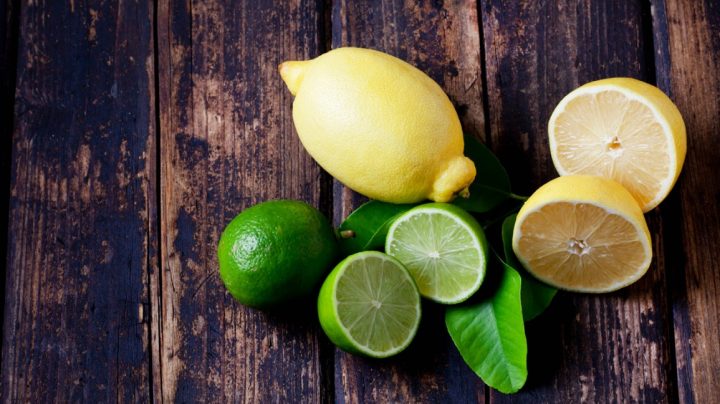Lemon or lime; which do you need? What are their features and benefits to human health? Here below are the answers.
Many people seem still confused about the difference between lemon and lime.
Both belong to the citrus family which includes oranges, tangerines, citron and grapefruit.
Lemon and lime are largely similar in appearance, taste and nutritional values. But there are slight differences that separate them.
Lemon
Lemon
Lemon, also known as Citrus limon , is the one usually in pale yellow colour with oblong or oval shape of usually 2 to 4 inches or 7 to 12 centimeters in diameter. Though, some types, when unripe, appear green.
It has very thick skin and grows well in moderate climates.
In terms of nutritional value, researches show that Lemons are richer in vitamins and minerals than limes.
Lemons possess almost double the amount of vitamin C present in limes, specifically, about 57 percent of the daily value. This makes lemon a bit healthier than lime.
Though, lemons are also sour in taste, they are not as bitter as limes.
Lime
Lime
Lime, also called Citrus aurantifolia, is usually round in shape and green in colour. It is smaller in size than lemon.
Normal size of a lime is averagely between 1 and 2 inches, equivalent of 3 to 6 centimeters, in diameter.
Though, when very ripe the colour can change to slight yellow, but its original colour is green. Lime’s taste is sour and bitter than lemon.
It grows well in tropical and subtropical regions. This, perhaps, explains the reason limes constitute over 95 percent of the joint population of lemons and limes across Nigerian markets.
Limes also possess the numerous vitamins and minerals found in lemons but in lesser quantities. Reports say the vitamin C content in limes is about 32 percent of daily value.
Similarities and Benefits
Both fruits belong to the same family; they taste and smell similarly; they are nutritious according to medical findings, and are very essential to our healthy living.
They are both acidic; they contain antioxidants and are good as flavouring agent in juices and food.
Lemon and lime contribute significantly to human dietary requirements of vitamins and minerals such as potassium, folate, vitamin B6, copper, phosphorus, magnesium, and more.
They also contain some amount of carbohydrates, protein and healthy fat.
The high content of vitamin C in them, just like other citrus family members, make lemon and lime agents of antioxidant properties which boost immune system.
They possess anti-inflammatory and antibacterial properties which make them, according to reports, likely to play a role in preventing heart disease and certain types of cancer, including breast and colon cancer.
Lemons and limes provide humans with protection against inflammatory polyarthritis, a form of rheumatoid arthritis involving two or more joints, and cholera, according to the George Mateljan Foundation.
A study carried out in mice observed that citric acid, contained in citrus fruits, has a protective effect against inflammation in the brain and alcoholic induced liver damage.
But, this is said to be currently limited to animal and test-tube studies, thereby requiring further studies to see if it could have similar effects on humans.
Lemons help to control weight loss, prevent kidney stones, protect against anemia and improve digestive system.
Read Also – Mahmood Ahmadu – Protecting Wealth Creators In Nigeria




